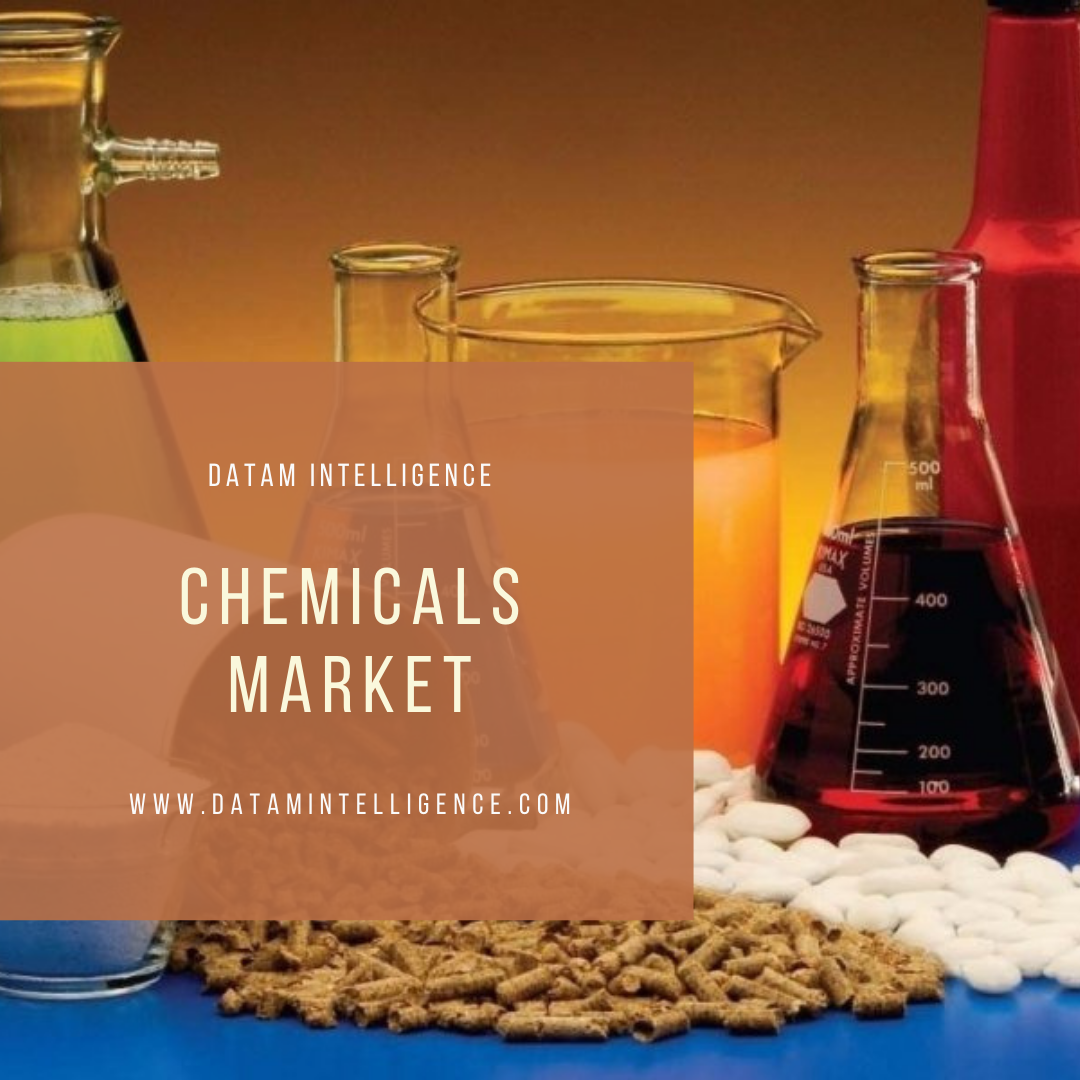
Core Materials Market: Raw Material Impact
DMI segments the Global Core Materials Market by geography into – North America, South America, Europe, Asia-Pacific (APAC), and Middle East and Africa.
2021-02-23
Increases in the cost and availability of raw materials, including petroleum-based materials, the cost of energy, transportation, and other necessary services, without corresponding increases in the company’s selling prices, are adversely affecting manufacturers' financial results core materials segment.
For instance, Polyurethane foam is made by reacting polyols and diisocyanates, both derived from crude oil. These materials are subject to price fluctuations based on changes in petroleum prices, and availability and other factors, with these prices experiencing significant volatility in recent years. A virtually invisible trend to the industry and end-consumers is the slow change of global feedstock for basic chemicals needed in the production of core materials. This trend could have a major impact on the long-term availability and price level of raw materials. Therefore, the recent fluctuation in the prices of raw materials has been impacting the core material manufacturers' profit margins.
The continuing limited availability of raw materials coupled with an enduring strong global demand for basic chemicals from which core materials are made has led to further additional burdens on the formulation- and production cost structure of core material manufacturers. The Passover of these increases in raw material prices to the final end-product cost will negatively impact the products' sales volume. Especially for manufacturers with low economies of scale. Therefore, in this competitive environment, the end product's price increase will lead to losing market share.
Polyurethane foams have a variety of uses, including insulation, furniture, automotive, and others. Foams are made by forming gas bubbles in a plastic mixture with the use of a blowing agent.
However, the main reaction is between liquid polymers that, when combined with water, produce an exothermic (heat-generating) reaction in the presence of catalysts and surfactants. Additives such as flame retardants, volatile organic compounds (blowing agents), simple volatile chemicals such as acetone or methylene chloride, and others; are also added to improve the foam's performance and strength.
The major environmental issues associated with polyurethane foam manufacturing are noise, solid waste, and wastewater generation. In the U.S., California introduced Technical Bulletin 117 to reduce deaths from fires fueled by polyurethane foam furniture. This bulletin introduced tough safety tests in which items had to resist an open flame for 12 seconds. To pass the test, manufacturers began to use flame retardants in their furniture.
However, people began to associate health problems with their polyurethane foam furniture. Studies found that commonly used flame retardants were carcinogenic. One flame retardant, polybrominated diphenyl ether (PBDE), contributes to lowered IQ, increased hyperactivity in young children, and disrupted hormones during pregnancy.
PBDEs have since been classified as persistent organic pollutants (POPs), and their production is restricted under the Stockholm Convention. On 5 April 2018, European Chemicals Agency (ECHA) released a screening assessment on chlorinated flame retardants (TCEP, TCPP, TDCP) used in polyurethane (PU) foam. This evaluation identified the risks of children's exposure to these substances in childcare articles and residential upholstered furniture. Hence, ECHA recommended preparing a restriction proposal under Registration, Evaluation, Authorisation and Restriction of Chemicals (REACH).
About Us:
DataM Intelligence was incorporated in the early weeks of 2017 as a Market Research and Consulting firm with just two people on board. Within a span of less than a year, we have secured more than 100 unique customers from established organizations all over the world.
For more information:
Sai Kiran
Sales Manager at DataM Intelligence
Email: [email protected]
Tel: +1 877 441 4866
Website: www.datamintelligence.com
Found it interesting?
Sai Kiran
Sales Manager at DataM Intelligence
Email: [email protected]
Tel: +1 877 441 4866
We have 5000+ marketing reports and serve across 130+ countries
#core materials market, #core materials market size, #core materials market share, #core materials market trends, #core materials market value, #core materials market growth, #core materials market demand, # #core materials market industry forecast, #core materials market outlook, #core materials market analysis, #core materials market applications, #core materials market companies, #datamintelligence
